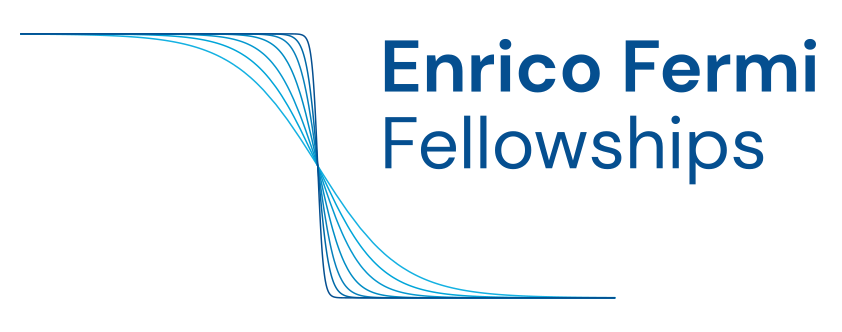Yale University
Supervisors: Cong Su (Yale University) – Diana Qiu (Yale University)
Short Bio: I am currently a PhD student in the Department of Applied Physics at Yale University. Before that, I completed my undergraduate studies in Honours Physics at the University of British Columbia in Vancouver, BC. During my undergraduate, I conducted research in both experimental and theoretical physics, shaping my goal of bridging the gap between modern experimental and theoretical condensed matter physics. At Yale, my research focuses on linearly dispersive excitons in hexagonal boron nitride (hBN), which provide a real physical system hosting interesting quantum many body phenomena. My team and I were the first to observe these linearly dispersive massless excitons experimentally. In my experimental work, I use momentum-resolved electron energy loss spectroscopy (Q-EELS) to probe the exciton band structure. On the theoretical side, I perform density functional theory (DFT) and many-body perturbation theory calculations within the GW plus Bethe-Salpeter equation (GW-BSE) formalism to compute the exciton band structure and gain deeper insights into the material system. During the period of Enrico Fermi Fellowship, I hope to build upon my previous findings and work toward realizing exciton condensation in two-dimensions.



